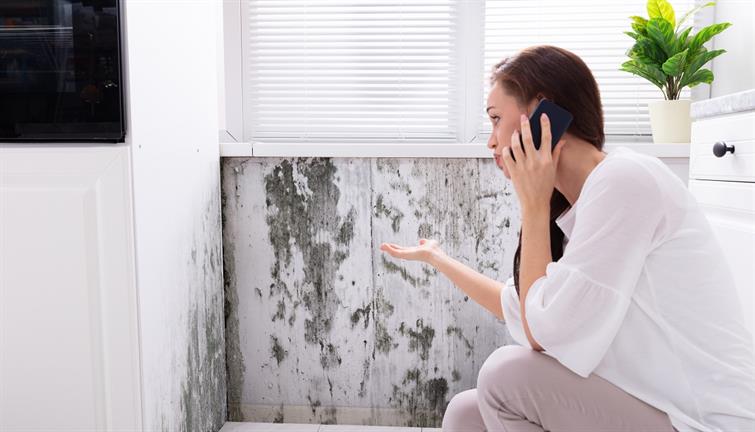Airborne spores, such as mold, contribute to the growth of several types of fungi. Almost anything can be infected by it, from walls, carpets, clothing, shoes, and furniture, to paper and paper products. This not only affects indoor air quality, but can also have a negative impact on health as well. The elderly, children, and those with respiratory illnesses are particularly susceptible to this. Learn how to prevent mold growth in your home by reading the following article.
Eliminate any and all moisture sources
Moist environments make mold thrive. A professional technician should assess your home if you suspect dampness caused by condensation, rising damp (wicking), or leaks. In addition to using a hygrometer, you can measure the humidity in your house.
Bathrooms should be ventilated…
It is vital that the bathroom is sufficiently ventilated since moisture accumulates quickly there. Keep the window ajar and leave the door open whenever possible. In addition to moisture in the air, mold can also grow on the walls. For this reason, whenever possible, clean the walls to minimise the risk of mold growth.If you have all the necessary information, you can do mold removal from your home with ease.
As well as the kitchen
Another risky room is the kitchen, especially if you prepare food regularly. When using your range hood, make sure to keep it closed. Otherwise, keep the kitchen door closed to contain moisture and open a window afterwards. In this way, condensation will be prevented from forming on the ceiling and walls, or it will be less intense.
Spills need to be cleaned up
Wet surfaces tend to develop mold more quickly, so wipe up spills immediately.
When possible, dry clothes outdoors.You can also create condensation in your home by drying clothes on a radiator. Since you won’t be able to hang your clothes outside during the winter, you should hang them in a well-ventilated room. The best option would be to open a window. If you use a tumble dryer, ensure that the room is properly ventilated so that moisture can escape. Leaving wet clothes in a pile can cause mold to grow quickly.
Make sure your indoor plants are healthy
It is easy for mold to thrive in moist potting soil and on houseplants. Watering can cause spills, so make sure the soil is clean and add an antifungal to deter them.mold removal is the basic need for cleanness for home.
Walls should be kept dry
You should also inspect your house’s exterior in addition to the inside. Check the walls for any signs of water accumulation. If the bricks and walls are damp for a long time, even after a few days have passed since the last rain, this may indicate a pathology (dampness from capillarity, filtration, accumulation of water, breakage of pipes, etc.).
A downspout and a roof
Mold can also be caused by leaking roofs and clogged downspouts. Check your interior walls and ceilings for damp spots; these may indicate a leak from the outside.
To ensure that mold and dampness are prevented, we always recommend contacting a specialist who can examine the source of the moisture and treat it definitively and with a guarantee.

